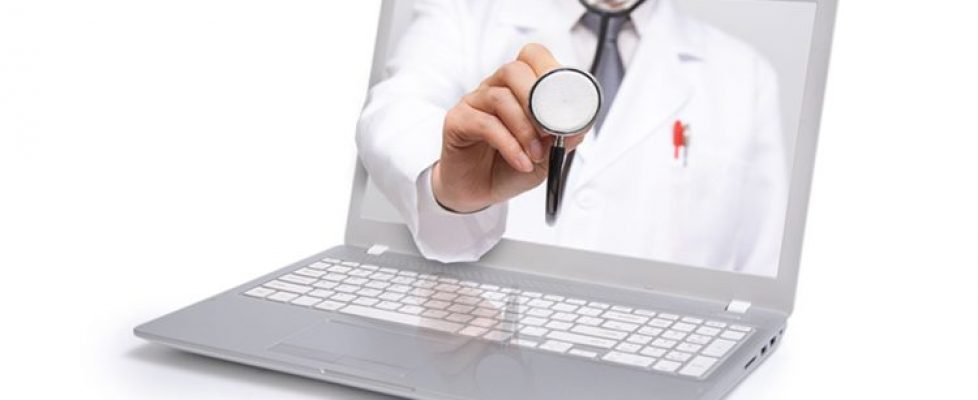Why TeleHealth is here to stay
Tele consultation may not be a silver bullet for all COVID-19 related problems but it will help hospitals and doctors to continue with patient consultations anytime – anywhere, improving the hospital’s image and at the same time maintaining a steady revenue streamThe concept of tele consultation has been around for a while, but its use was extremely limited or almost no-existent in regular doctor and patient interactions. But the COVID-19 pandemic changed everything and now it has become the platform for choice.
Today physical distancing measures are of the utmost importance, even while regular consultations, especially for life style diseases, senior citizens, and specifically for those having heart diseases, high / low BP, diabetes, and other ailments, cannot be missed.
Consultations in hospitals substantially increases the possibility of infections for doctors as well as patients. For hospitals, it adds various overheads in terms of mandating the use of PPEs for everyone attending patients, additional sanitisation of hospital buildings/consulting rooms, patients’ pre-health check ups, and much more. These factors add significant costs, reduce productivity and burdens hospitals to the point of break down.
Tele consultation may not be a silver bullet for all these problems but it will help hospitals and doctors to continue with patient consultations anytime – anywhere, improving the hospital’s image and at the same time maintaining a steady revenue stream.
SoftLink TeleHealth is a revolutionary platform that can work in tandem with HIMS, PACS, or as an independent TeleHealth solution. It enables consultation between patient and primary care physician or a specialist without a physical meeting. As a fully integrated platform, the consulting doctor will have access to patient records with charts, vitals, images, and results of diagnostic tests before the consultation, putting doctors in an informed position to offer the best advice. SoftLink TeleHealth Platform is a cloud-based solution that can be used “Anytime Anywhere” with a baseline internet connectivity such as a 3G cellular network.
Tele consultation will not replace the need to visit hospitals completely in foreseeable future as some basic investigations and physical check is not possible but it is a great blessing when physical meetings are not an option for patients and doctors. There is a possibility that in future wearables will be able to collect certain clinical parameters and add further value to the telehealth proposition but affordability for masses may become a concern.
All in all, industry experts observe that tele health has made serious inroads in patient care and it is definitely here to stay.

